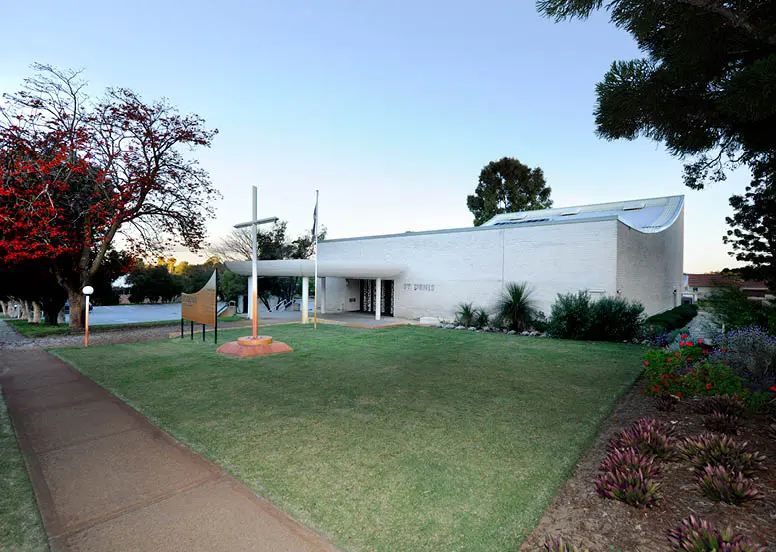
Joondanna seamlessly combines a close-knit community spirit with a tapestry of historical significance. As you step into this suburb, you’ll be greeted by tree-lined streets and a rich heritage that resonate harmoniously in the present.
Present-day Joondanna thrives as a community where history and modernity entwine. The allure of the suburb extends beyond its name, with tree-canopied streets evoking a sense of tranquility and inviting residents to explore local markets, charming cafes, and the verdant beauty of nearby parks. Traditional architectural wonders coexist harmoniously with contemporary residences, resulting in an aesthetic tapestry that defines Joondanna’s character.
5,283
37
2,788
$1.01M
$750 per week
11
Data obtained in 2025 from Real Estate Institute of Western Australia and Australian Bureau of Statistics
The area’s origins date back to 1840 when the land was first granted to T. R. C. Walters. However, it wasn’t until after the conclusion of World War II that significant development began to take shape. The subdivision of Joondanna was initiated in 1939, and it was during the late 1940s and early 1950s that the suburb experienced a remarkable surge in growth. This period was marked by rapid urbanization, leading to a situation by 1958 where scarcely any vacant land remained available within the area.A significant addition to the suburb’s architectural landscape was the construction of St Denis church in 1967. Designed by Ernest Rossen, with interior work done by Iris Rossen, this church stands as an exceptional representation of late Twentieth Century architectural design, characterized by its distinct detached sculptural forms and innovative internal lighting.
